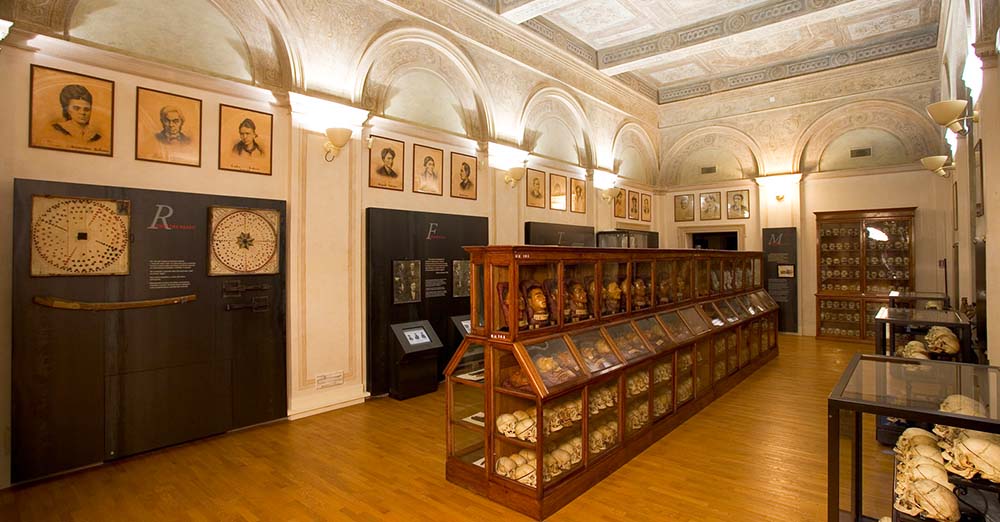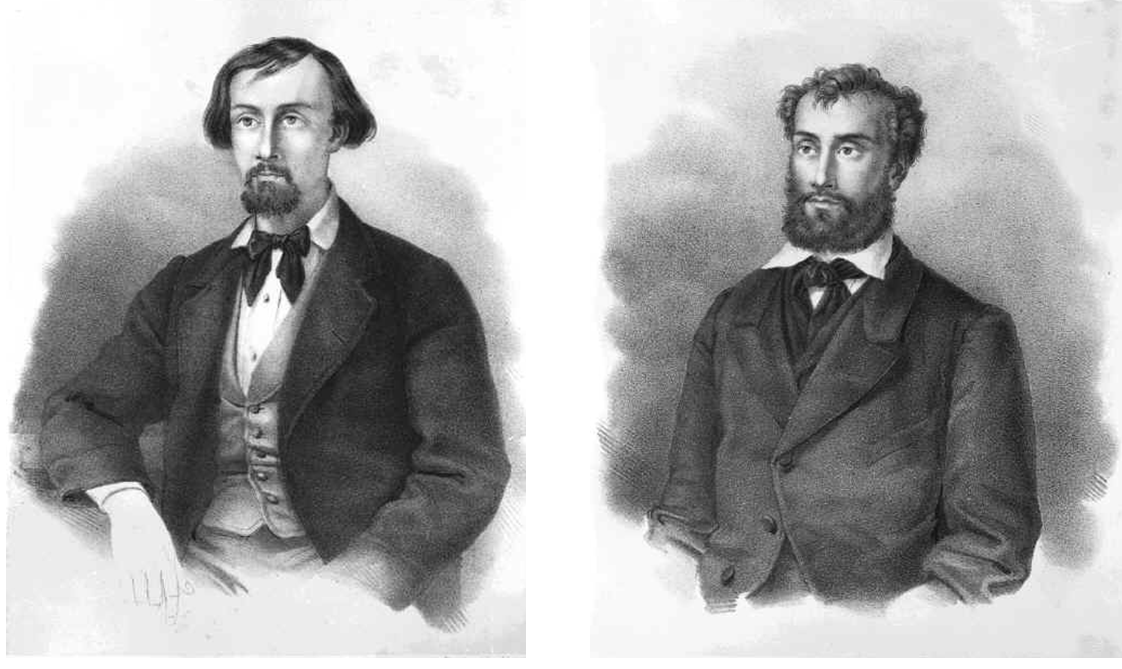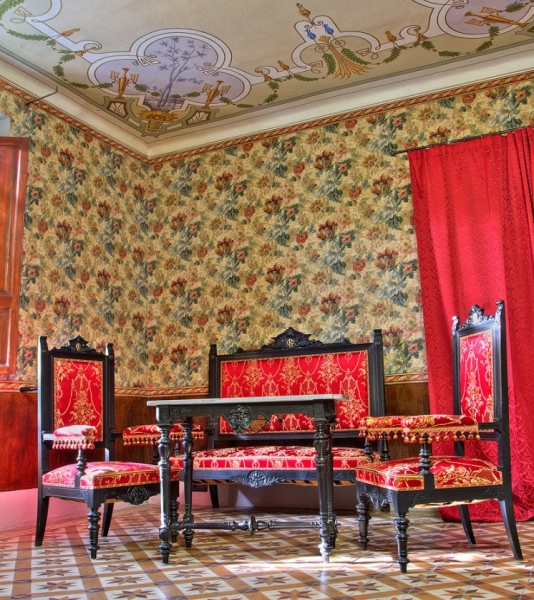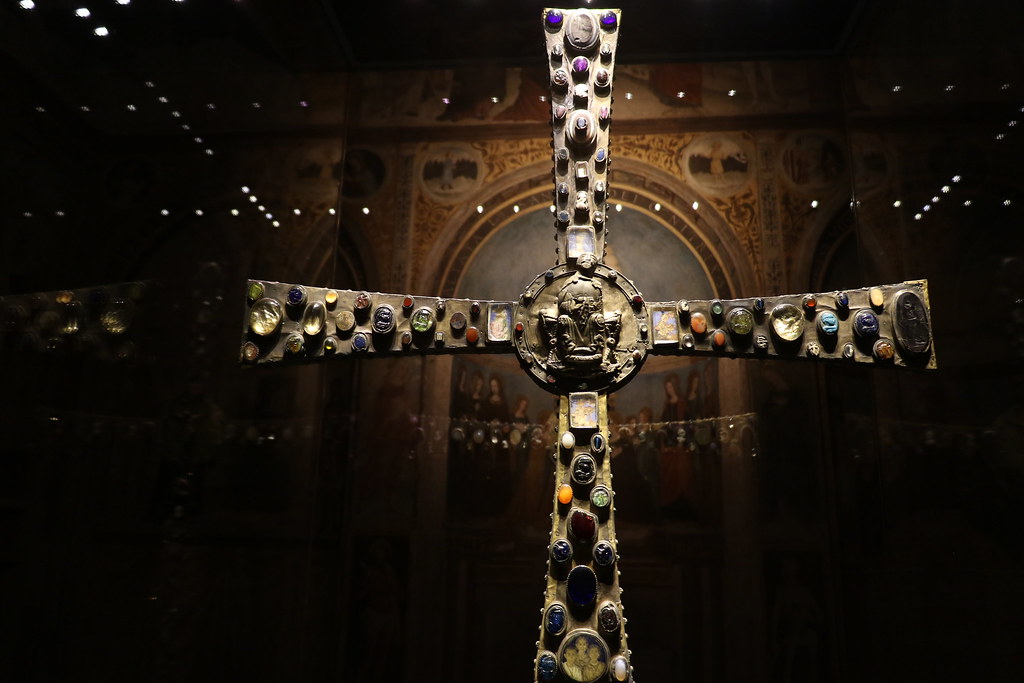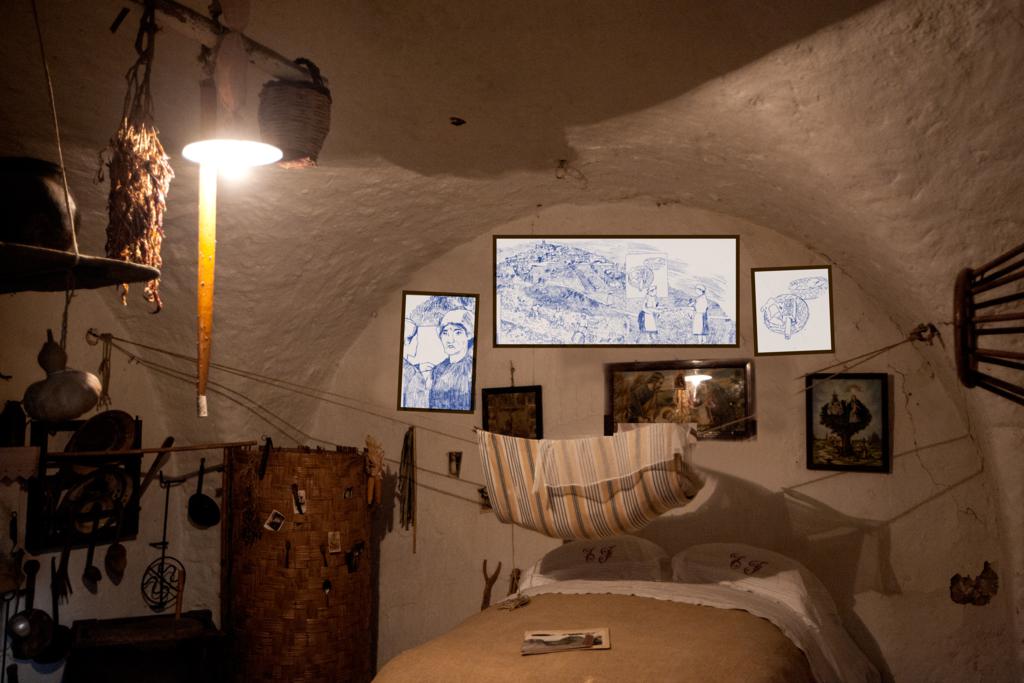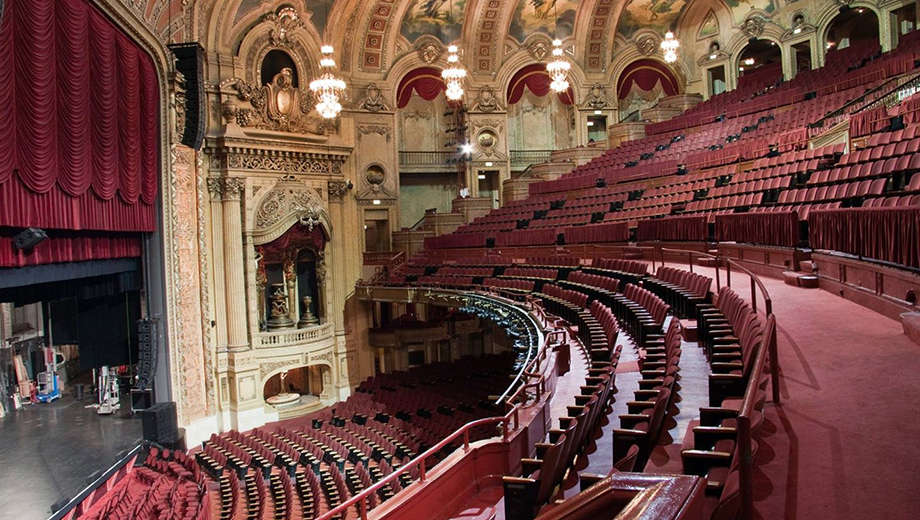In 2009, one hundred years after the death of Cesare Lombroso, the founder of criminal anthropology, "his" museum, the only one of its kind in the world, was reorganized. The collections include anatomical specimens, drawings, photographs, bodies of crime, writings and handicrafts and artistic productions, some of which are valuable, made by asylum inmates and prisoners.
The new exhibition aims to provide visitors with the conceptual tools to understand how and why this controversial figure formulated the theory of criminal atavism and what were the errors of scientific method that led him to found a science that later turned out to be wrong.
His theories were based on the concept of the criminal by birth, according to which the origin of criminal behavior was inherent in the anatomical characteristics of the criminal, a person physically different from normal man as it has abnormalities and atavisms, which determined the socially deviant behavior. Consequently, according to him the inclination to crime was a hereditary pathology and the only useful approach to the criminal was the clinical-therapeutic one. Only in the latter part of his life did Lombroso consider environmental, educational and social factors as competing with physical ones in determining criminal behavior.
Although Lombroso should be credited with having attempted a first systematic approach to the study of crime, so much so that some of his research inspired Sigmund Freud and Carl Gustav Jung for some theories of psychoanalysis applied to society, many of his theories are now devoid of any foundation.
At the end of a controversial academic and professional career, Lombroso was also removed, in 1882, from the Italian Society of Anthropology and Ethnology.
Modern science has in fact demonstrated that both the environment and genes influence physical appearance, but that the latter does not affect behavior, which is determined primarily by the cognitive experiences of the individual. Therefore, the Lombrosian doctrine is currently considered pseudoscientific.
The Museum of Psychiatry and Criminal Anthropology was officially opened in 1898, starting from the private collection gathered by Cesare Lombroso during his life. As Lombroso himself wrote: "The first nucleus of the collection had begun in the army, where, in addition to craniologically measuring thousands of soldiers, I had carefully preserved the skulls and brains of the dead; this collection gradually grew, with the perusal of old burial grounds in Sardinia, Valtellina, Lucca and Piedmont, made by myself and my friends in Turin and Pavia. Not a day passed that first in Pavia, then in Pesaro and Turin I didn’t try to increase the collection with the skulls of madmen and criminals who died in asylums and prisons".
